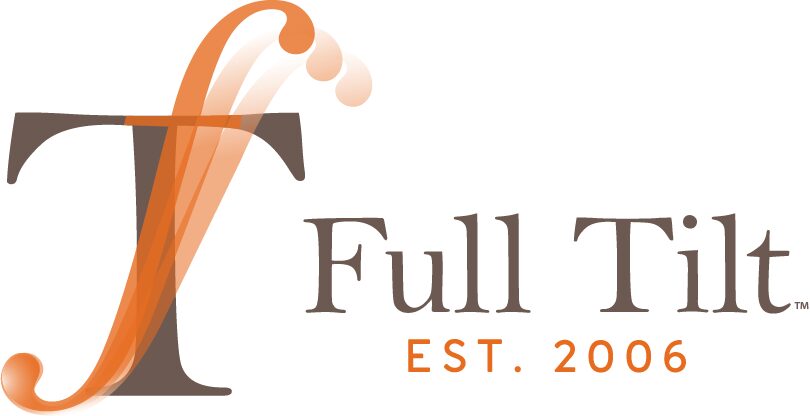healthy employee culture plays a significant role in an organization’s long-term success. It’s a distinct competitive advantage for brand advocacy, talent acquisition, and retention. Yet only 21% of U.S. employees feel strongly connected to their workplace culture right now, according to Quantum Workplace.
How do you know if your culture is healthy or not? By capturing the sentiment of your entire workforce each year (at least), so you can monitor shifts in attitude and engagement. As you collect that insight, here are some warning signs to pay attention to:
- Pulse surveys and exit interview data show a decrease in engagement.
- Communication gaps are evident between executive leadership and frontline staff.
- Core values, while strong on paper, fall flat across employer branding channels (e.g., career site, Glassdoor, LinkedIn).
Previously, we highlighted the impact of a comprehensive culture assessment and shared several recommendations to gain a better understanding of where there may be gaps or opportunities. This article builds on those concepts to cultivate a thriving culture at all levels of an organization.
From Uncertainty to Alignment: Rebuilding Culture in Action
The most influential activators of culture are people managers. Yet only 19% of employees strongly agree that their managers clearly explain how organizational values influence their work. This impacts relationships with associates and leaves executive leadership with an unclear view of the culture’s reach.
Assess internal channels to determine if people managers have the resources needed to connect with associates at critical touch points—such as onboarding, performance reviews and all-hands meetings—in the employee experience. This can include a managerial toolkit for transparent communication around conflict resolution and navigation of change. It is also worth investing in training for managers to ensure they know how to use the toolkit and that frontline workers receive clear, consistent communication from their managers.
Full Tilt has helped many companies work through organizational uncertainty by enhancing their internal culture. In one example, a large real estate company was experiencing organizational change and C-suite turnover, ultimately reducing its property footprint. In the meantime, declining employee morale and a diminished trust in leadership snowballed into a disorganized communications structure.
To measure internal sentiment, anonymous employee surveys using the Likert scale were key during the discovery process. The results showed that too few employees felt leadership effectively communicated goals and objectives, and employee engagement scores were also unfavorable. The remaining gaps identified in our analysis helped shape a communications plan to restore associate well-being, strengthen engagement, and regain trust in leadership.
These are a few elements:
- Clearer positioning: Our research revealed a lack of clarity and confidence in our client’s vision. In redefining the organization’s mission and vision, we embedded these new elements throughout all communications to rekindle that connection with employees.
- Executive visibility: A lack of transparency from leadership was addressed through a series of talking points crafted for quarterly town halls and pre-recorded video updates featuring key executives. The CEO was highlighted in email communications to further nurture that trust.
- Direct response to feedback: All insights and observations gathered from proactive, cross-country site visits from the CEO were recapped in internal email newsletters. Additionally, online employee reviews received timely responses to detail how the company was addressing challenges.
- Recognition programs: implementation of human-interest programs to highlight culture champions and individuals who exceeded expectations in the workplace reinforced the company’s mission.
Communication Channels to Inform, Educate and Engage
Leverage the power of engagement to incubate culture, by catering content strategies to authentic, people-driven stories. Any combination of these resources can build community and humanize the workplace:
- Monthly internal e-newsletters to inform on important company updates or encourage employees to share stories of their own for added impact (peer recognition, team outings, etc.).
- Weekly social media themes (employee testimonials, company spotlights) to maximize engagement.
- Lunch-and-learn sessions, professional certification programs and regular performance reviews to help fill any knowledge gaps boost retention within an organization.
An established communications cadence with branded templates ensure consistency. Leveraging anonymous employee survey results allows organizations to continuously refine, strengthen performance and reinforce process discipline. By implementing these measures, organizations can foster an environment of transparency, belonging and growth.
Communicating Care Through Benefits
Open enrollment season is another opportunity to build organizational culture. HR departments can educate on important employee benefit packages and other wellness programs. Be purposeful in strategic planning, especially leading up to the window. For timely announcements, confirm the following criteria:
- Is the language inclusive? Does every employee feel acknowledged and respected regardless of background or circumstance?
- Is the enrollment process simplified, and benefits defined?
- Are there resources that can streamline the process (training, documentation, technology)?
This is a chance to let employees see and understand the investment that has been made in their wellness.
People First Programs Mean Foundational Succes
Culture done right isn’t just important—it’s a business essential. When leaders invest in people-first programs, they lay the foundation for stronger performance and retention. At Full Tilt, we partner with teams to close culture gaps, boost engagement, and drive better business outcomes.
Organizations interested in enhancing culture but unsure where to begin can start with their employee communications. Let’s start the conversation today.


